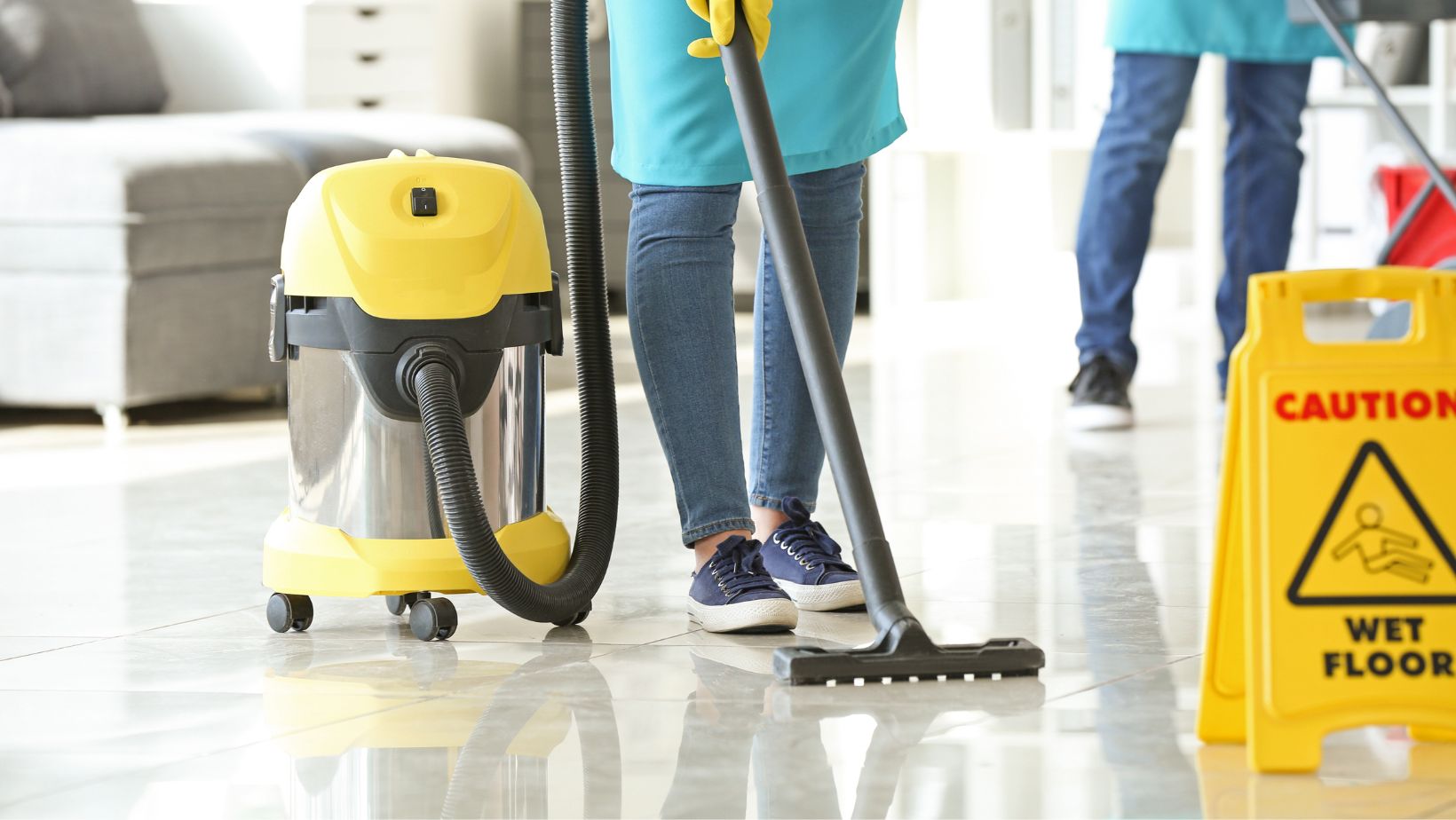Recognizing the Requirement for Extensively Decontaminating and Sterilizing Often Touched Surface Areas in High-Traffic Locations
In the realm of public health and wellness and safety and security, the careful sanitation and sanitization of frequently touched surfaces in high-traffic locations stand as extremely important actions in stopping the spread of damaging pathogens. By exploring the numerous elements of surface area sanitation, from the dangers associated with neglecting cleansing protocols to the efficient approaches that can be employed, a clearer understanding emerges of the vital duty these methods play in securing public wellness.
Value of Surface Area Sanitation
Highlighting the thorough sanitation of high-traffic surfaces is crucial in keeping a hygienic setting and preventing the spread of hazardous microorganisms. High-touch surfaces such as door deals with, light buttons, elevator switches, and counter tops act as breeding premises for infections and microorganisms. Normal disinfection of these surface areas is crucial to reduce the risk of contamination and transmission of illnesses.
By executing a durable disinfection method, organizations and establishments can create a much safer setting for employees, site visitors, and clients. Appropriate surface area disinfection not just minimizes the spread of transmittable diseases but likewise infuses confidence in the tidiness and safety and security of the properties. This proactive technique shows a commitment to health and health, which is especially vital in high-traffic locations where the chance of direct exposure to pathogens is enhanced.
In addition, surface disinfection plays an important function in overall infection control methods. Combined with hand hygiene methods, using masks, and maintaining physical distancing, comprehensive disinfection of high-touch surfaces creates a detailed defense versus the transmission of harmful bacteria. Prioritizing surface sanitation is an important component of a holistic technique to health and wellness in common areas.
Dangers of Overlooking Cleaning Practices
Ignoring extensive disinfection of high-traffic surface areas dramatically heightens the threat of viral and bacterial contamination, presenting a serious hazard to the health and wellness of individuals frequenting these rooms. Failure to carry out proper cleansing methods can bring about the accumulation and spread of hazardous microorganisms, including infections and bacteria, on frequently touched surface areas such as doorknobs, hand rails, lift buttons, and counter tops.

Additionally, disregarding the value of extensive cleaning not only endangers the health of people but also threatens initiatives to keep a hygienic and clean environment. It is vital to identify the value of proper sanitation protocols in stopping the spread of infections and protecting public health and wellness.
Efficient Disinfection Methods
To keep optimal tidiness and reduce the threat of contamination on high-traffic surfaces, employing reliable sanitation approaches is important. Among one of the most usual and efficient sanitation approaches is using chemical disinfectants. These items can differ in stamina and structure, with some targeting certain pathogens like bacteria or infections. It is important to adhere to the supplier's guidelines for appropriate dilution, call time, and air flow when making use of chemical anti-bacterials to ensure their efficiency - Clear Out Any Clutter.
An additional reliable technique is using UV-C light. UV-C light has actually been shown to be reliable in killing a vast variety of bacteria by interrupting their DNA framework, hence stopping them from duplicating. Nonetheless, it is necessary to utilize UV-C light appropriately, guaranteeing that the proper intensity and exposure time are related to attain the preferred disinfection results.
Additionally, utilizing steam cleansing as a sanitation method can be highly effective, specifically on surface areas that are heat-resistant. Steam can permeate permeable surface areas and eliminate germs, infections, and various other virus successfully. When using heavy steam cleansing, it is very important to guarantee that the surface area reaches the needed temperature for an adequate quantity of time to guarantee correct disinfection.
Effect on Public Wellness
The upkeep of high requirements of sanitation and disinfection on high-traffic surfaces plays a crucial function in protecting public health. Regularly touched surfaces in locations with high footfall, such as doorknobs, hand rails, elevator switches, and restroom centers, offer as reproducing grounds for harmful microorganisms.
Effective cleanliness techniques not only safeguard individuals from falling ill but likewise add to the overall health of culture. Public health authorities emphasize the relevance of maintaining tidy settings to stop outbreaks and include the spread of health problems. In high-traffic areas like airport terminals, institutions, hospitals, and mass transit systems, the impact of extensive disinfection measures can not be downplayed. Focusing on the sanitization of often touched surface areas is a positive technique to promoting public health and wellness and boosting the security of individuals in common spaces.
Implementing Normal Cleaning Protocols
Immediately instituting and adhering to a consistent routine of cleansing protocols is critical for preserving the tidiness and safety and security of high-traffic surfaces. Normal cleansing protocols are vital in protecting against the accumulation of germs and virus on regularly touched surfaces, specifically in locations with high foot website traffic. By carrying out a systematic strategy to cleaning, companies can successfully reduce the danger of disease transmission and develop a healthier setting for staff members, consumers, and the public.
To establish an efficient cleansing routine, it is essential to determine high-traffic areas that need constant focus. These areas might consist of doorknobs, hand rails, lift switches, washroom centers, and shared tools. Executing a routine cleaning regimen that targets these surfaces several times a day can substantially lower Vacuum Carpets the spread of harmful bacteria and infections.
Additionally, making use of appropriate cleaner and anti-bacterials is essential to making sure that surface areas are extensively disinfected. Normal training of cleaning personnel on correct cleansing strategies and the relevance of adherence to the cleaning schedule is also vital in preserving a hygienic setting. By prioritizing regular cleaning methods, organizations can advertise the health and wellness and wellness of people who interact with these high-traffic surfaces.

Final Thought
In conclusion, it is critical to focus on extensive sanitation and sanitization of often touched surfaces in high-traffic locations to stop the spread of damaging microorganisms and preserve public wellness. It is vital to acknowledge the importance of maintaining tidy surface areas in high-traffic areas to make certain the health of the area.
In the realm of public health and safety, the meticulous sanitation and sanitization of frequently touched surface areas in high-traffic areas stand as paramount actions in stopping the spread of harmful virus. By checking out the numerous facets of surface area disinfection, from the dangers linked with ignoring cleansing procedures to the reliable approaches that can be employed, a clearer understanding arises of the important role these methods play in safeguarding public health.Additionally, using steam cleaning as a sanitation approach can be very effective, particularly on surface areas that are heat-resistant. When making use of vapor cleaning, it is essential to guarantee that the surface reaches the required temperature level for an enough amount of time to assure proper disinfection.
In final thought, it is critical to focus on complete disinfection and sanitization of frequently touched surfaces in high-traffic areas to avoid the spread of unsafe virus and keep public wellness.